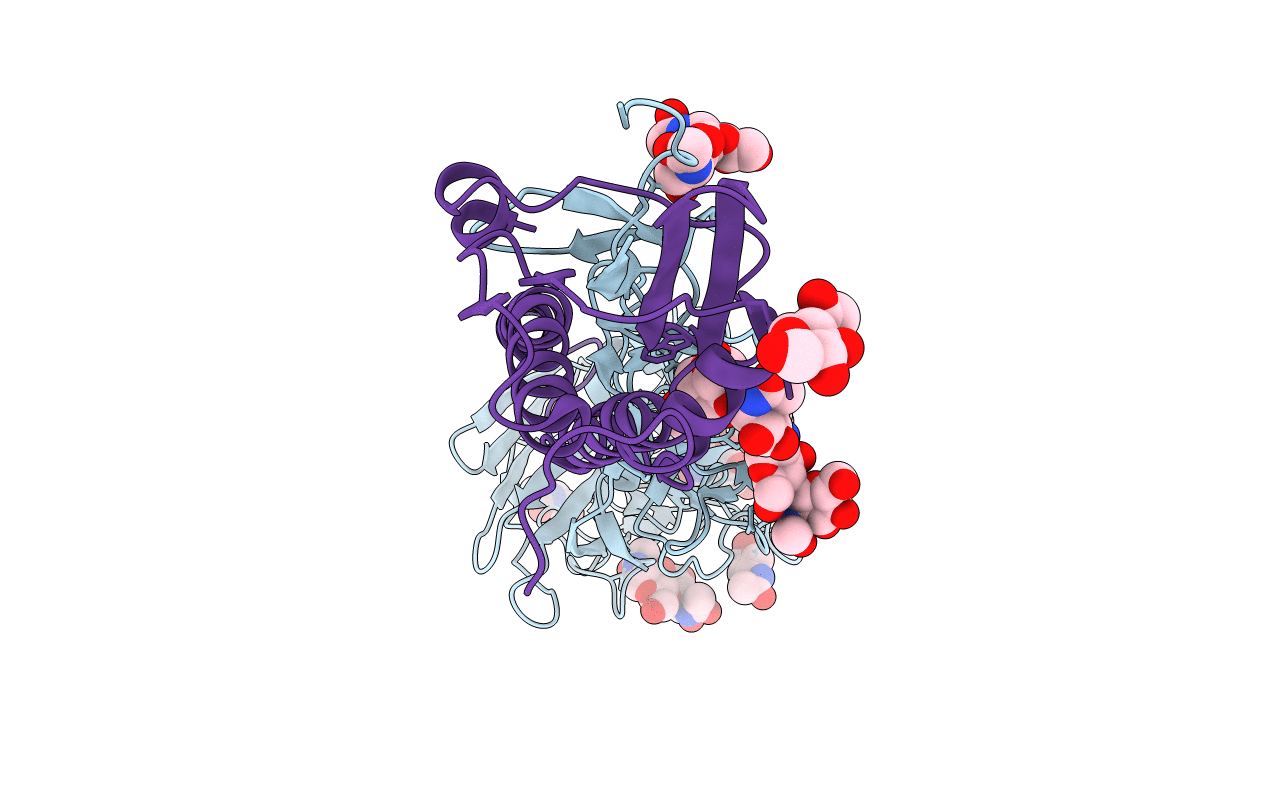
Deposition Date
2007-10-01
Release Date
2008-02-05
Last Version Date
2024-10-30
Entry Detail
PDB ID:
2RFU
Keywords:
Title:
Crystal structure of influenza B virus hemagglutinin in complex with LSTc receptor analog
Biological Source:
Source Organism:
Influenza B virus (STRAIN B/HONG KONG/8/73) (Taxon ID: 11531)
Host Organism:
Method Details:
Experimental Method:
Resolution:
2.80 Å
R-Value Free:
0.31
R-Value Work:
0.29
R-Value Observed:
0.29
Space Group:
P 3 2 1


